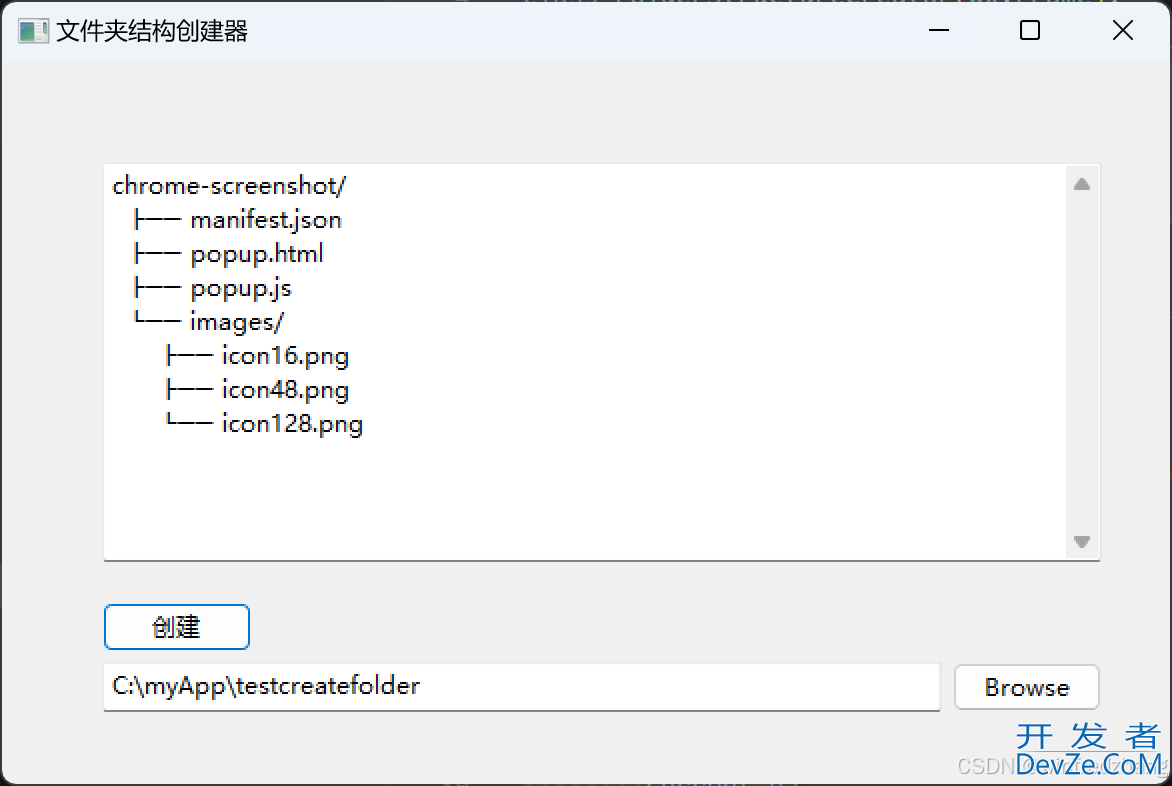目录
- 检查Pandas DataFrame中的NaN值
- 方法1:使用isnull().values.any()方法
- 方法2:使用isnull().sum编程()方法
- 方法3:使用isnull().sum().any()方法
- 方法4:使用isnull().sum().sum()方法
- 参考
NaN代表Not A Number,是表示数据中缺失值的常用方法之一。它是一种特殊的浮点值,不能转换为浮点数以外的任何其他类型。
NaN值是数据分析中的主要问题之一,为了得到理想的结果,对NaN进行处理是非常必要的。
检查Pandas DataFrame中的NaN值
在Pandas DataFrame中检查NaN的方法如下:
- 使用isnull().values.any()方法检查NaN
- 使用isnull().sum()方法统计NaN
- 使用isnull().sum().any()方法检查NaN
- 使用isnull().sum().sum()方法统计NaN
方法1:使用isnull().values.any()方法
# importing libraries import pandas as pd import numpy as np num 开发者_C入门= {'Integers': [10, 15, 30, 40, 55, np.nan, 75, np.nan, 90, 150, np.nan]} # Create the dataframe df = pd.DataFrame(num, columns=[js'Integers']) # Applying the method check_nan = df['Integers'].isnull().values.any() # printing the result print(check_nan) # 输出 True
可以通过从isnullphp().values.any()中删除.values.any()来获得NaN值所在的确切位置。
df['Integers'].isnull()
1 0 False 1 False 2 False 3 False 4 False 5 True 6 False 7 True 8 False 9 False 10 True Name: Integers, dtype: bool
方法2:使用isnull().sum()方法
# importing libraries
import pandas as pd
import numpy as np
num = {'Integers': [10, 15, 30, 40, 55, np.nan,
75, np.nan, 90, 150, np.nan]}
# Create the dataframe
df = pd.DataFrame(num, columns=['Integers'])
# applying the method
count_nan = df['Integers'].isnull().sum()
# printing the number of values present
# in the column
print('Number of NaN val编程客栈ues present: ' + str(count_nan))
Number of NaN values present: 3
方法3:使用isnull().sum().any()方法
# importing libraries
import pandas as pd
import numpy as np
nums = {'Integers_1': [10, 15, 30, 40, 55, np.nan, 75,
np.nan, 90, 150, np.nan],
'Integers_2': [np.nan, 21, 22, 23, np.nan, 24, 25,
np.nan, 26, np.nan, np.nan]}
# Create the dataframe
df = pd.DataFrame(nums, columns=['Inte编程客栈gers_1', 'Integers_2'])
# applying the method
nan_in_df = df.isnull().sum().any()
# Print the dataframe
print(nan_in_df)
# 输出 True
可以通过从isnull().sum().any()中删除.sum().any()来获得NaN值所在的确切位置。
方法4:使用isnull().sum().sum()方法
# importing libraries
import pandas as pd
import numpy as np
nums = {'Integers_1': [10, 15, 30, 40, 55, np.nan, 75,
np.nan, 90, 150, np.nan],
'Integers_2': [np.nan, 21, 22, 23, np.nan, 24, 25,
np.nan, 26, np.nan, np.nan]}
# Create the dataframe
df = pd.DataFrame(nums, columns=['Integers_1', 'Integers_2'])
# applying the method
nan_in_df = df.isnull().sum().sum()
# printing the number of values present in
# the whole dataframe
print('Number of NaN values present: ' + str(nan_in_df))
Number of NaN values present: 8
参考
https://www.geeksforgeeks.org/check-for-nan-in-pandas-dataframe/
到此这篇关于Pandas检查dataFrame中的NaN实现的文章就介绍到这了,更多相关Pandas dataFrame NaN内容请搜索我们以前的文章或继续浏览下面的相关文章希望大家以后多多支持我们!









 加载中,请稍侯......
加载中,请稍侯......
精彩评论